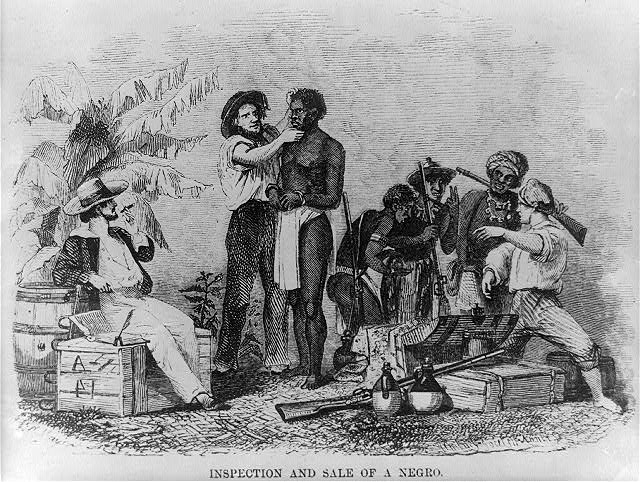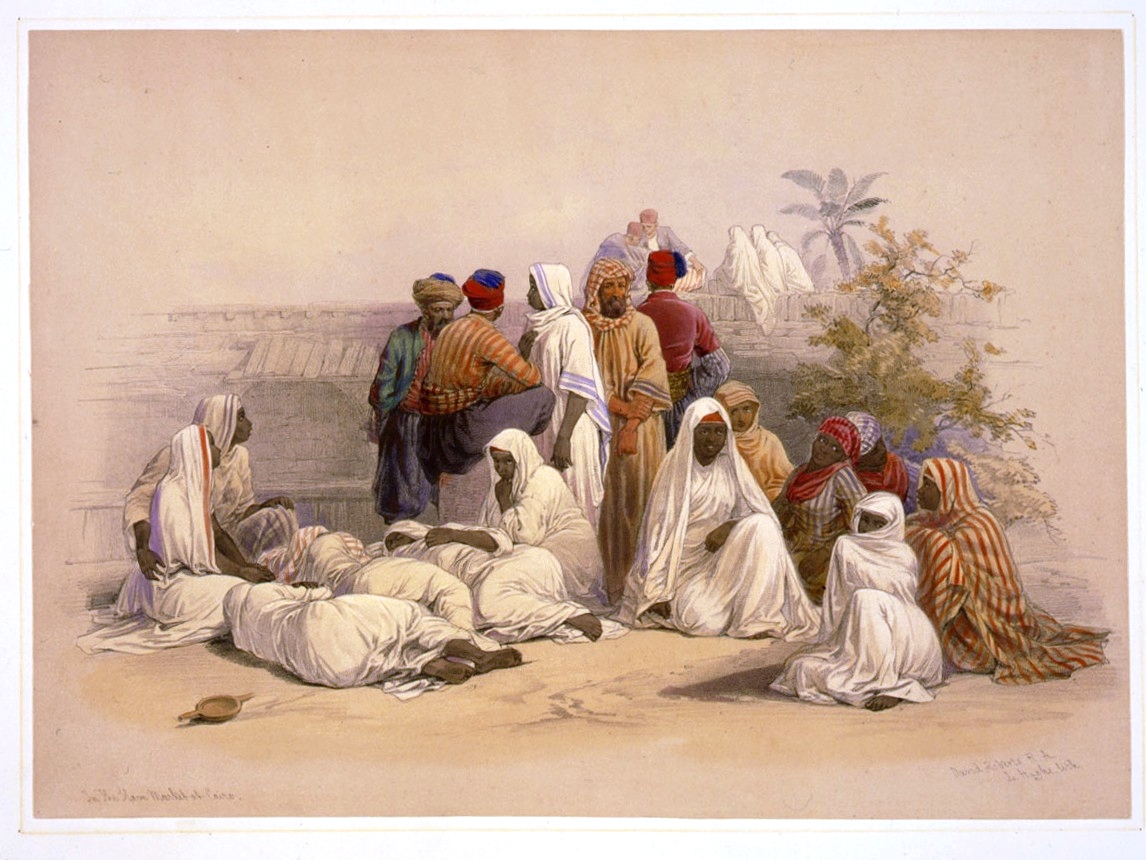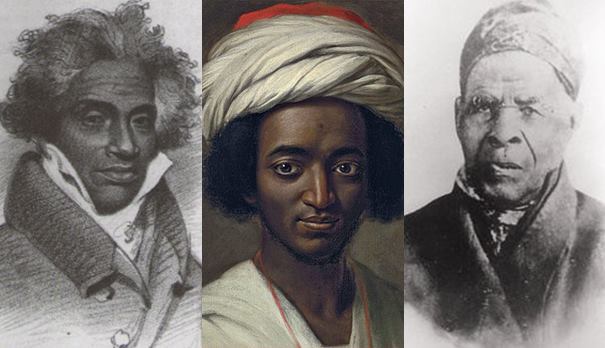What an awful, beautiful island! The approach to Goree Island, just off the coast of Senegal, a 15-minute ferry ride southeast of the country’s capital city of Dakar, gives the impression of exotic serenity.
Even walking through the small island, a mere 900 meters (0.6 mi.) long and 300 meters (0.2 mi.) wide, reveals an inner beauty with its colonial-style houses, all shades of red and yellow, its picturesque coastline, and its brick-paved alleyways.
The island that boasts a 250-year-old baobab tree, however, has a dark and miserable history; a history that, once known, transforms the island’s apparent serene beauty in the eyes of the observer into a “gateway to hell.”
Goree Island was known to the inhabitants of West and Central Africa for hundreds of years as the point of no return.
Ruled first by the Portuguese, then in succession by the Dutch, English, and French, this small island was, from the 15th to the 19th centuries, the largest slave-trading center on the African coast.
Slave house

Still standing on the island is its last slave house, built by the Dutch in 1776. The tour of this small house is sickening.
To hear or read the stories of how the inhabitants of black Africa were exploited, demoralised, and oppressed is one thing; to see with one’s own eyes where it all started is another.
The entrance to the House of Slaves, or La Maison des Esclaves, as it is known in this French-speaking country, is guarded by a large, foreboding wooden door.
One can only wonder at the strange mindsets of its previous owners who went to the trouble of painting this hellhole with vibrant colors of green, red, and yellow.
The door opens out into a small courtyard, where men, women, and children were put on display for sale. The prospective buyers and traders, from Europe, North America, and South America, did not lower themselves to stand at ground level with the merchandise; they watched and chose their goods standing on upper-floor balconies.
The merchandise was chosen based on a variety of factors. The larger, stronger men were palpated for muscular bulk and chosen accordingly. Men were not put on the slave market until they were heavier than 60 kg (132 lb).
African men that reached La Maison des Esclaves and did not meet this requirement were herded into a feeding room, where they were fattened until they reached the required weight.
To make sure they had met the requirement, they were sent to the weighing room, and once successful, they were sent to the courtyard for sale.
Young girls, on the other hand, were rated according to virginity and breast size; the larger the breasts, the more expensive the girl. It was common for these girls to be used by the traders living on the island for sexual pleasure.
If the girls got pregnant, they were freed by the slave traders, and their children were provided with French citizenship, which provided an opportunity for freedom for these girls in an evil, twisted way.

The tragic journey
Africans reaching La Maison des Esclaves were categorised into men, women, young girls, and children and separated accordingly into rooms. They were “hosted” by their slave drivers for up to three months until they were deported to Portugal, Brazil, America, or Europe.
Shackled at their necks to the walls of their confinements, 15 to 20 people were stowed in rooms only 2.6 m (8.5 ft.) by 2.6 m in size. They were allowed to leave their storage compartments only once a day to go to the toilets, moving in chains with heavy iron balls between their arms and legs.
Once sold, these men, women, and children, abducted from their homes, villages, and families, would walk down a narrow stone corridor that opens directly onto the Atlantic Ocean. Families were separated: the father was sent to America, the mother to France, the daughter to Brazil, and the son to Portugal.
The slave traders packed the boats with their inhabitants literally like sardines, lying side-by-side to allow for as much “production” as possible per square centimeter. The mortality rate on these long journeys to the “lands of opportunity” was as high as 25 to 30 percent.
It was from this point of no return that we witnessed so much despair and agony that Pope John Paul II stood in 1992 and said,
“From this African shrine of black sorrow, we implore heaven’s forgiveness. We pray that the scourge of slavery and all its effects may disappear forever.”
The only opportunity for escape before deportation was to attempt to swim for freedom, which some people did by jumping into the ocean.
They invariably met their demise, either shot by the slave traders or eaten by the sharks, attracted to this particular island off the coast of Africa because the ill and the dead were so commonly thrown out to sea here.
This article is from our archives.


